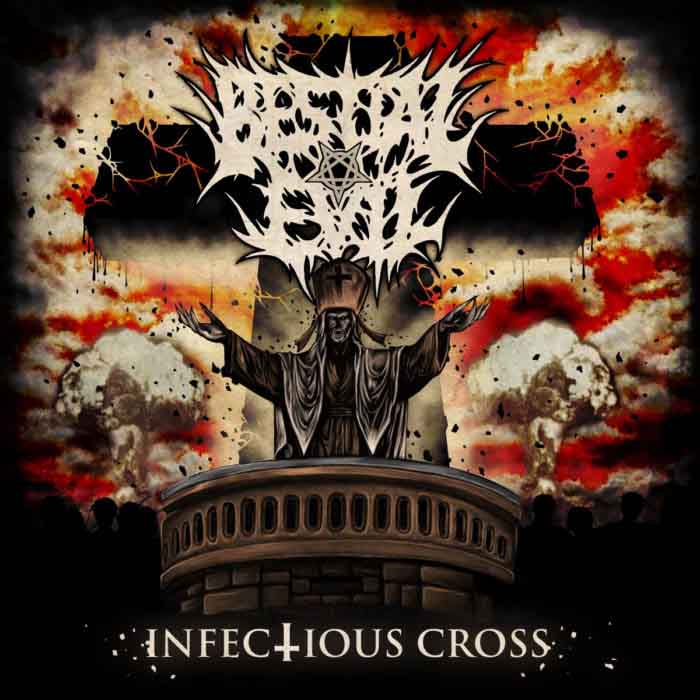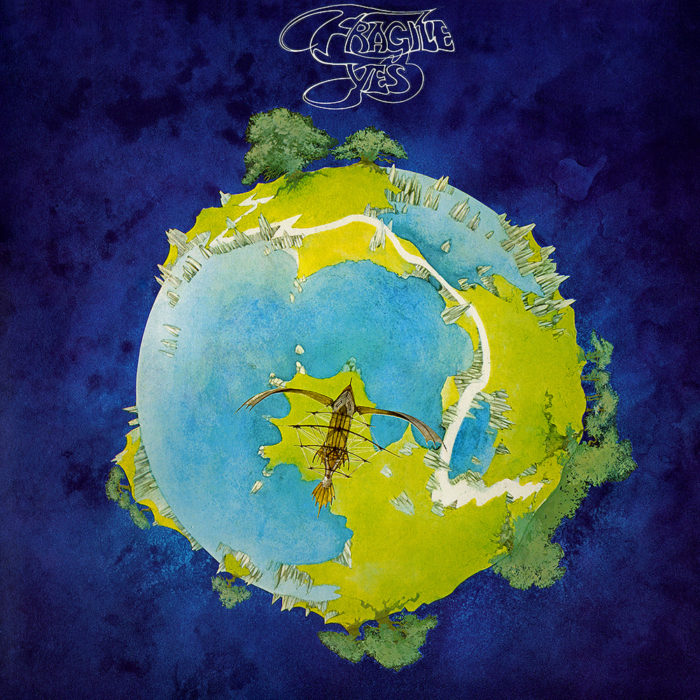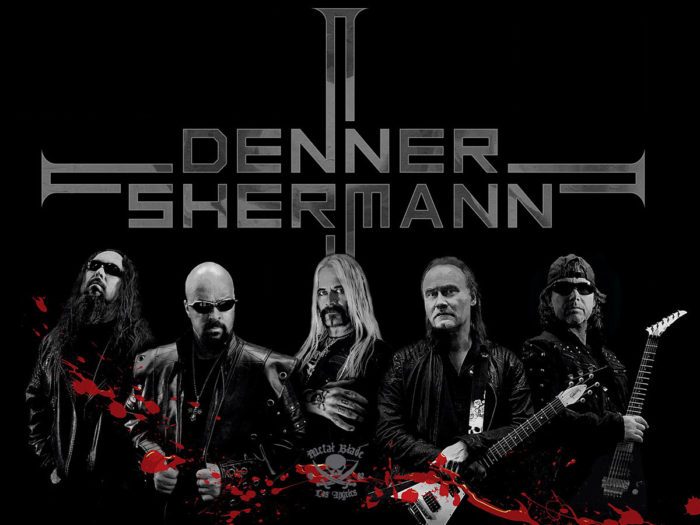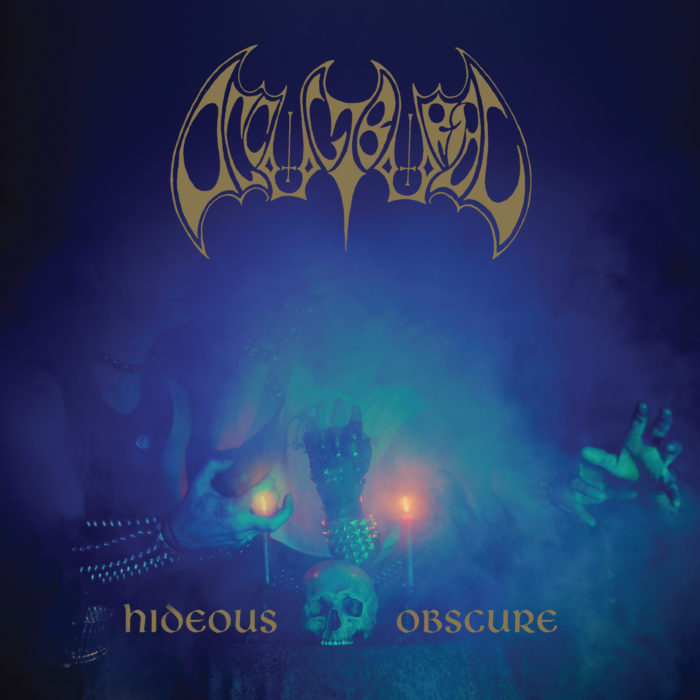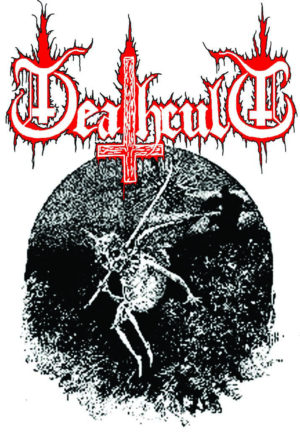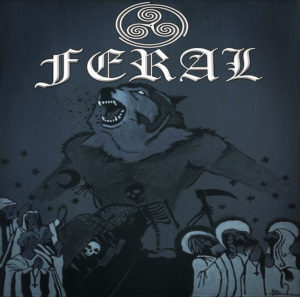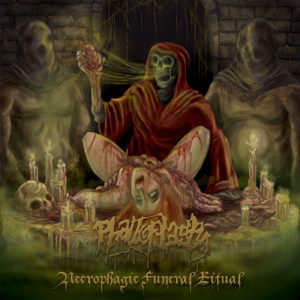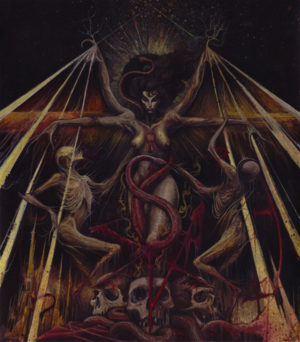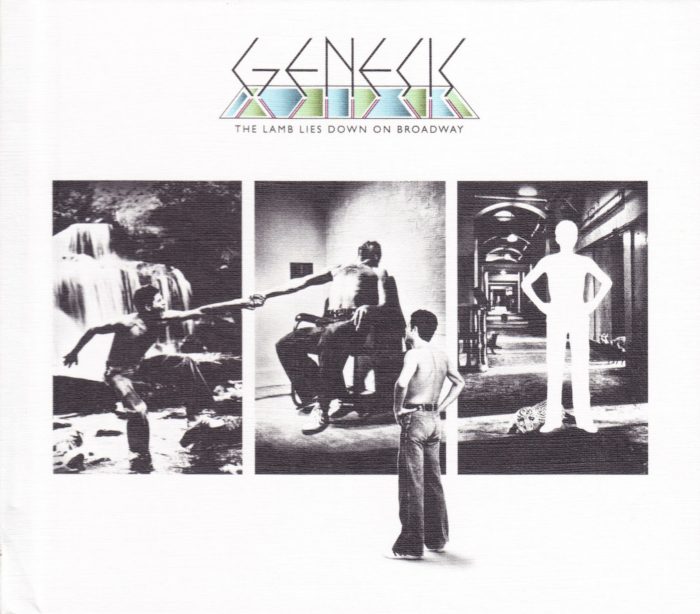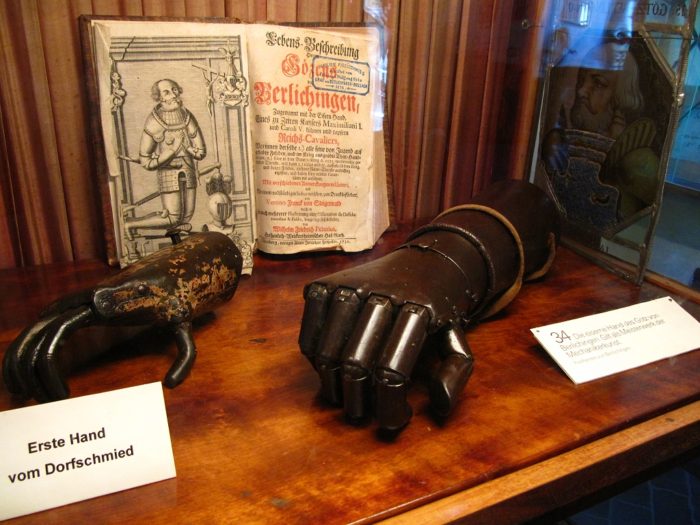
Resistance fuels hatred and must be crushed beneath an iron fist.

The Oath – The Oath (2014)
“Whoa!” – Keanu Reeves. These women are actually fairly attractive! Usually metal girls are fat, under 5’4, and have saggy tits. Or they love Slipknot. I can see why Lee Dorian is dicking the hot one. This at least has riffs even if most of the songs wear out their welcome fairly quickly. There are Cathedral albums more boring than this but most of these songs feel like Motorhead if they smoked dope instead of cranked speed. Motorhead if Motorhead were boring and the songs went on two minutes too long and had random riff salad bridges. If these two would actually get naked on the cover like the real Coven and separated or refined their compositions, maybe this would be more listenable. Hold it is that riff from Bad Company? Who steals riffs from Bad Company? What kind of degenerate does that? If this is among the more listenable grrrl metal…
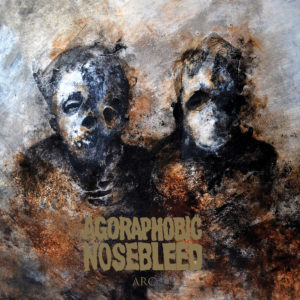
Agoraphobic Nosebleed – Arc (2016)
As ridiculous as their band name, Agoraphobic Nosebleed’s 2016 effort is a lazy mixture of stoner rock and deathcore. It consists of interleaved Black Sabbath-core grooves and pointless breakdowns accentuated by a menstruating screamo vocalist. By the very definition of those two genres, the reader should know this is but a string of feel-good moments with absolutely no point whatsoever.
One has to wonder if the band even knows what “agoraphobic” means, given their blatantly idiotic use in their band name. From there, we can easily tell how they would also try to use “fancy vocabs” from the metal terrain without even knowing what they are for, hence the constant groove with no beginning or ending. The meaningless breakdowns that do not necessarily make the stoner rock more bearable, but just emphasize what white trash trailer park music this is. It is an updated distorted-guitar redneck music.

Baroness – Purple (2015)
The most generic heavy metal rhythm guitar riffing possible clipped with too much compression and mixed with queer hipster rock for those who question their sexuality. I’m pretty sure the hairy girls in this band are in a polygamous relationship with the dude singing and blow roadies on the side. Kind of like how Carrie Fischer let the crew members of the original Star Wars rip the tape off her tits only with more Hepatitis C positive semen from people who tried intravenous drugs. This album sounds like my local modern rock radio station who plays Bush twice a day. Baroness is the most generic 2003 rock possible only maybe one of these girls’ brothers had Led Zeppelin and Metallica posters in her bedroom. Baroness should go back to VH1. Wait VH1 doesn’t air this crap anymore as even VH1 realized how terrible it is. VH1 is Rock of Love now.

Wolvserpent – Aporia:Kāla:Ananta (2016)
Who knows why we ever receive these sort of promos that are not remotely metal, though perhaps some suppose there is a connection because the sound and procedure may remind one of the pointlessness of post metal/rock. At the center of Wolvserpent’s music is a violin playing repetitive music while the fringes are filled with synthesizers, bass and some kind of distorted noise to fill the space. I imagine this purports to be ambient, and it evidently takes cues not only from what we know today as classic ambient but from the old, more noise-inclusive and experimental one. At some point during the 40 minutes of this release, towards the approach of its middle section, a growl-screech appears and we become the audience of a post-doom-black nothingness that lasts for about 5 minutes. After this, the music tries to pick up by adding some synths to beef up the emptiness of the lame doom metal writing that approximates what Esoteric do most of the time (waste your time with largely content-less sections while pretending to have an ambient edge). This amounts to little more than piled up noise with some consonance. This melting away proceeds for about 8 more minutes, after which we are introduced to a 4-minute hum. This hum gives then serves as background for some 3 classical string instruments playing repetitive disonant arpeggios for 3 or 4 more minutes until only they remain and the music fades out to the sound of soothing, rolling, waves. Empty and boring. Throw this away

Cult of Luna & Julie Christmas – Mariner (2016)
Enya songs with randomly inserted post-metalcore sludge bridges. Are those bongos? Is this Arise? Who thought of this? Whoever thought of this should be shot in the back of the head by their local troika, have their children post-nataly aborted, and their women deported to the camps for wives of traitors to the motherland.
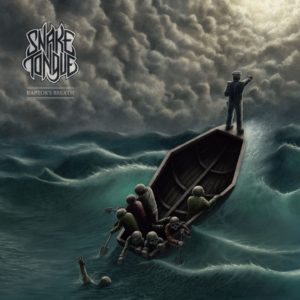
Snake Tongue – Raptor’s Breath (2016)
Random stolen eighties metal riffs made into Entombedcore with gang vocals by Kurt Ballou. I think that’s a woman in the promo picture. Maybe it’s a man who is just confused that his baby dick is a big clitoris. Yeah they can get that big. Haven’t you seen Backdoor to Chyna?
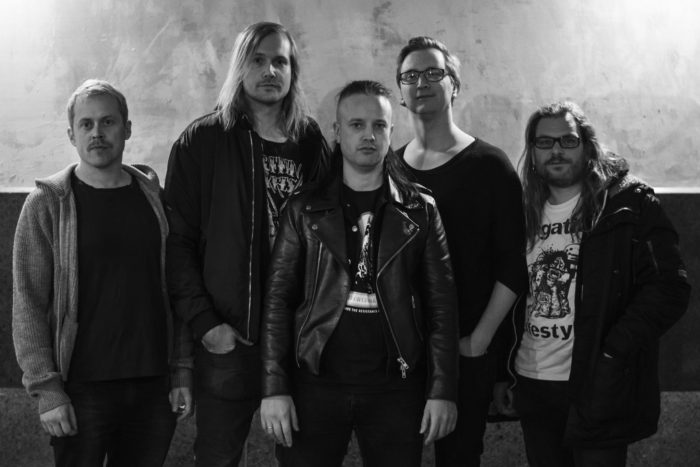
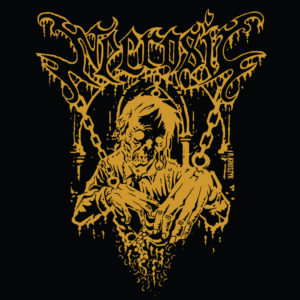
Necrosic – Putrid Decimation (2016)
These girls imagine what would have happened if in 1990 Autopsy had written songs entirely out of mosh riffs broken up by hardcore and shameless lifts from Slayer’s catalog. The answer is a metal band that would have only have been fit to play pizza parlors filled with 17 year olds too busy playing arcade games to pay attention. Anthrax if Anthrax decided to cash-in on sludge instead of nu-metal in the early 90s.
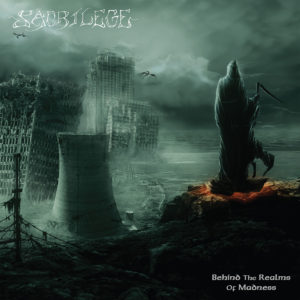
Sacrilege – Behind the Realms of Madness (1985)
This is the sort of release that exemplifies that some releases were never meant to be heard, not to mention be re-released. To pretend this is some sort of hidden gem is to pander to the clueless audience’s sense of nostalgia in the most dishonest way. Sacrilege never amounted to much as their music was never much. What we hear in hear in Behind the Realms of Madness is the sort of simpleton’s generic metal any angry teenager could be writing and playing in his garage with his friends after huffing glue. Each of these songs is based entirely upon a single riff played ad nauseam while an angry woman shouts about how much she hates her father. There are random supplementary riffs here and there but they are just meant to provide some sense of dynamism to the propulsion of the main riff. The main riffs in every song are generic and almost indistinguishable, the vocals are identical (some angry British woman screaming about how she got fucked over by her dad who wouldn’t pay for her BA in Womyn’s and Sexual Identity Studies), and every single song has the same kind of poser-trudging-accross-the-mall-food-court from Hot Topic vibe about it.
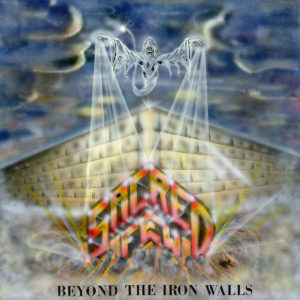
Sacred Few – Beyond the Walls (1985)
Another mediocre eighties heavy metal album with an annoying vocalist that deserved to be forgotten. Manilla Road this is not; the songwriting is generic, the riffs unoriginal, and the guitar tone too thin. This was only pressed to CD to cash in on idiot hipsters dumb enough to be deluded by Vice into believing that metal needs more dumpy women. I would rather listen to every Motorhead album I don’t remember even exists than this lame woman who drinks too much Budweiser again. This is retro-metal for cuckolded submissive males who think Steve Harris is Pogrom and jerked off to the blonde women in catsuits from The Oath instead of real porn. I’m going to crack open another Coors Banquet and use this CD as a coaster. Wait is the Puerto Rican guy in the collar her slave?
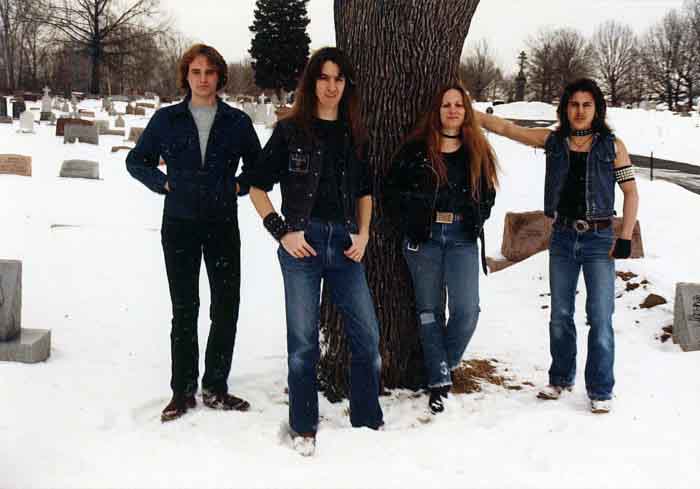

Lizzies – Good Luck (2016)
Judas Priest covered by Spanish pre-op transsexuals. Listening to this album makes me want to chop my leg off so my femoral artery will bleed out in three minutes. Two tracks in and I just put on Unleashed in the East instead. Let’s all listen to that classic instead of this crap:
59 CommentsTags: Agoraphobic Nosebleed, Baroness, crust, Crust Punk, crustcore, crustfundies, Cult of Luna, deathcore, doom, Doom Metal, entombedcore, hipster bullshit, idiots, Julie Christmas, Kurt Ballou, Lizzies, metalcore, metalgate, necrosic, nuclear war now! productions, nwn, post-hardcore, reissues, relapse, relapse records, Rise Above Records, Sacred Few, sacrilege, sadistic metal reviews, scantily-clad women, shadow kingdom records, sludge, Snake Tongue, Speed Metal, The Oath, Wolvserpent, women in metal

